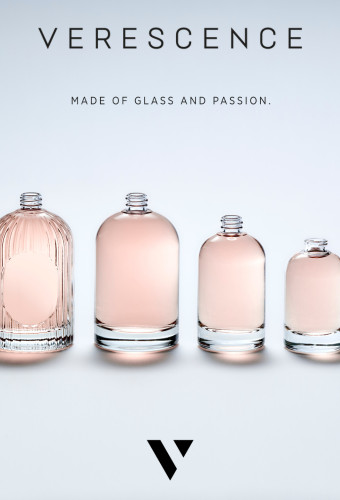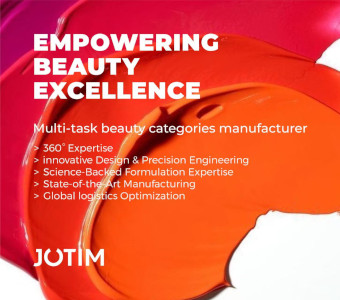If one refers to the definition given by a group of manufacturers, an airless is “a device that will perfectly dispense a liquid, cream, or paste product from a rigid bottle avoiding any possible contamination from an external source (direct contact with fingers, air, etc.).”
Commercial success
Obviously, this technology is very interesting for protecting the sensitive actives of botanical formulations or for limiting the risks of contamination in the case of formulations with few or no preservatives. Its other main asset is to enable an optimum use of the product.
Two main models of airless dispenser currently exist on the market; those with pistons or pouches. However, the interest of developers and consumers for these systems stimulates innovation. Suppliers have made important research and development efforts to reduce the cost of these packaging as well as their environmental impact. Others have worked at adapting the codes and materials of the luxury sector.

Today, airless dispensers can even be found in hotels where they contribute to address cost containment and environmental impact issues, while protecting product formulations from contamination.
Implementation hurdles
However, the success of the packaging may mask real implementation problems: technical difficulties when it comes to ensuring truly sterile formulas, marketing difficulties when it comes to combining environmental concerns with dreams and desires of consumers, practical difficulties when the introduction of regulations such as REACH or consumer concerns make it necessary to replace certain substances.
For an update on current issues of airless packaging and in order to explore the opportunities for future developments, Premium Beauty News will gather some of the best experts in this matter, on January 26 in Paris. Innovation, marketing and regulatory issues will be put in perspective and in discussions.
Click on the image here below to download the list of speakers and the full programme of the conference:




































